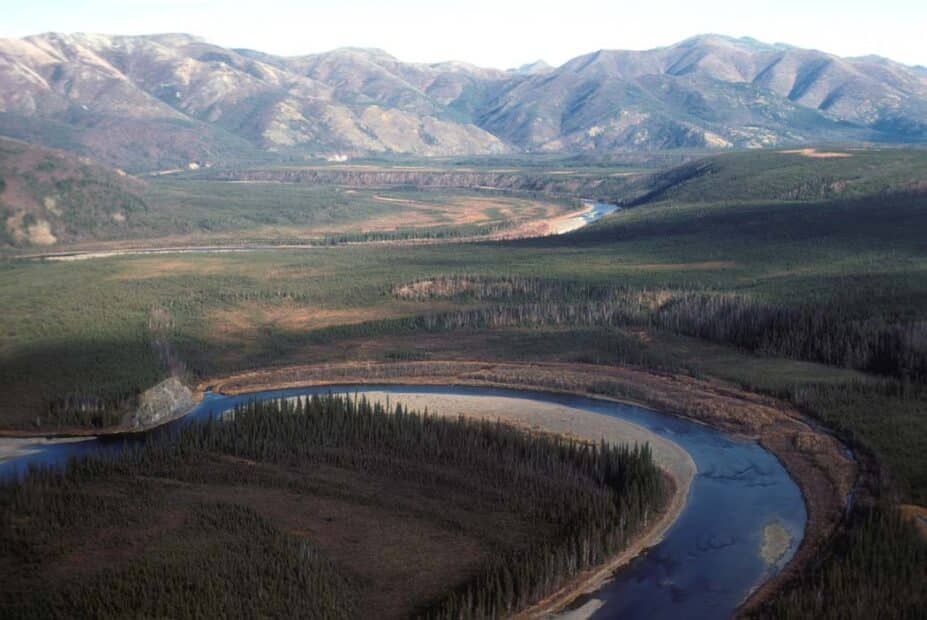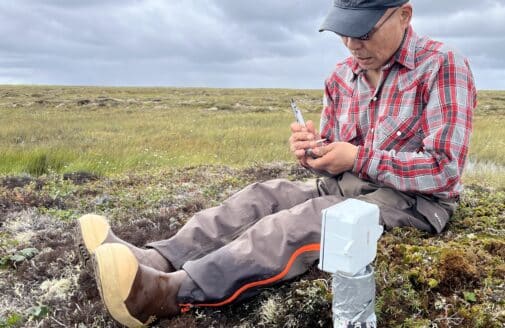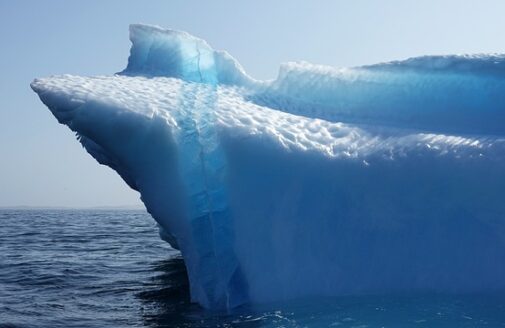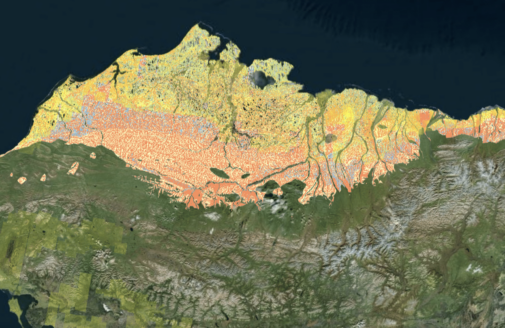An Alaska wildlife refuge is changing its wildfire strategy to limit carbon emissions

photo by David Spencer / USFWS
An Alaska wildlife refuge is changing its wildfire strategy to limit carbon emissions
If blazes break out in parts of the Yukon Flats National Wildlife Refuge, firefighters will protect the layers of forest floor and permafrost that hold carbon

Baked with the around-the-clock summer sunlight and regularly peppered with lightning strikes, the Yukon Flats region in eastern Interior Alaska is regularly set ablaze with fires that are considered part of the natural forest cycle. Standard practice is to let them burn out on their own, unless they threaten people, their homes or other economically valuable property.
That is set to change this summer.
Alaska Beacon
Research area







